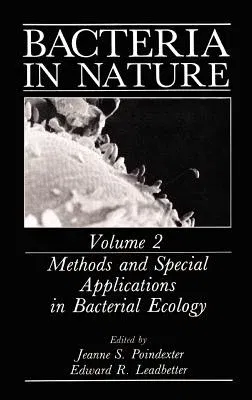Bacteria in Nature: Volume 2: Methods and Special Applications in Bacterial Ecology (1987)Hardcover - 1987, 30 November 1986

Qty
1
Turbo
Ships in 2 - 3 days
In Stock
Free Delivery
Cash on Delivery
15 Days
Free Returns
Secure Checkout

Part of Series
Bacteria in Nature
Part of Series
Biotechnology Handbooks
Print Length
386 pages
Language
English
Publisher
Springer
Date Published
30 Nov 1986
ISBN-10
0306423464
ISBN-13
9780306423468
Description
Product Details
Book Edition:
1987
Book Format:
Hardcover
Country of Origin:
US
Date Published:
30 November 1986
Dimensions:
23.39 x
15.6 x
2.39 cm
Genre:
Ecology
ISBN-10:
0306423464
ISBN-13:
9780306423468
Language:
English
Location:
New York, NY
Pages:
386
Publisher:
Weight:
743.89 gm